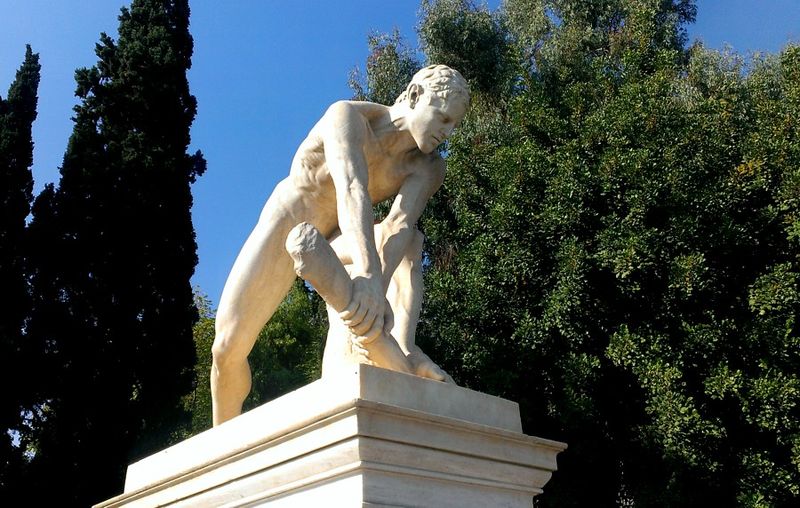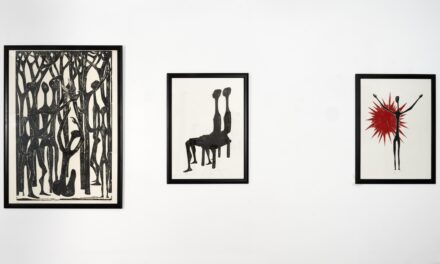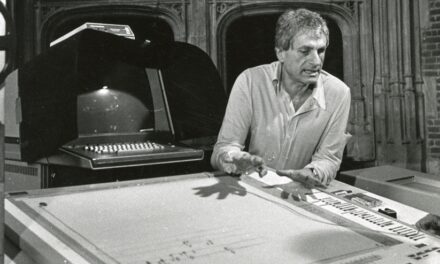Dimitrios Filippotis (1834-1919) was a prolific artist, among the first sculptors of great renown in contemporary Greece. Mainly a representative of the then-dominant Neoclassical style, he opened the path for the realist artists that followed. His works, such as the famous Wood Breaker can still be admired in public spaces in Athens.
Biography
Filippotis was the son of Zacharias Filippotis, a sculptor and vernacular architect with experience in the construction of religious buildings. He originated from the town of Pyrgos, in the island of Tinos, an island with a long tradition in sculpture that dates back to ancient times.
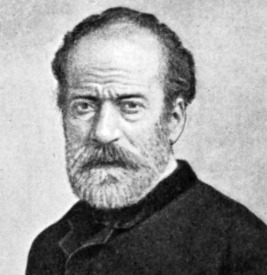 The sculptor initially worked as an apprentice to his father and at the age of thirteen he accompanied him to Mont Athos where he was constructing a monastery. In the period from 1858 to 1862 studied sculpture and marble carving at the School of Arts (the predecessor of the Athens School of Fine Arts) under Christian Siegel and Georgios Fytalis.
The sculptor initially worked as an apprentice to his father and at the age of thirteen he accompanied him to Mont Athos where he was constructing a monastery. In the period from 1858 to 1862 studied sculpture and marble carving at the School of Arts (the predecessor of the Athens School of Fine Arts) under Christian Siegel and Georgios Fytalis.
In 1864 he earned a scholarship to continue his studies in Rome, where he studied first under Emil Wolf and later under Karl Voss, until 1870. In 1865 he became one of the founding members of the Society of Artists in Rome, a foundation whose main objective was to support Greek students in Italy.
Upon his return to Greece, Dimitrios Filippotis set up his studio in Athens. He was the first to introduce free-form decorative compositions in 19th century Greek sculpture, challenging the Neoclassical style which was generally endorsed at the time, as did his realistic portrayal of people in busts and tombstones, and his choice of themes from everyday life. Showcasing unquestionable craftsmanship, he was arguably a trailblazer for most of the important Modern Greek sculptors that followed.
He participated in many exhibitions, including the international fair that took place in Athens in 1875, several art exhibitions held at the Parnassos Hall, and an international exhibition in Paris in 1878.
In 1908 he was honoured with the Cross of the Order of the Saviour and in 1915 with the Ordre des Arts et des Lettres.
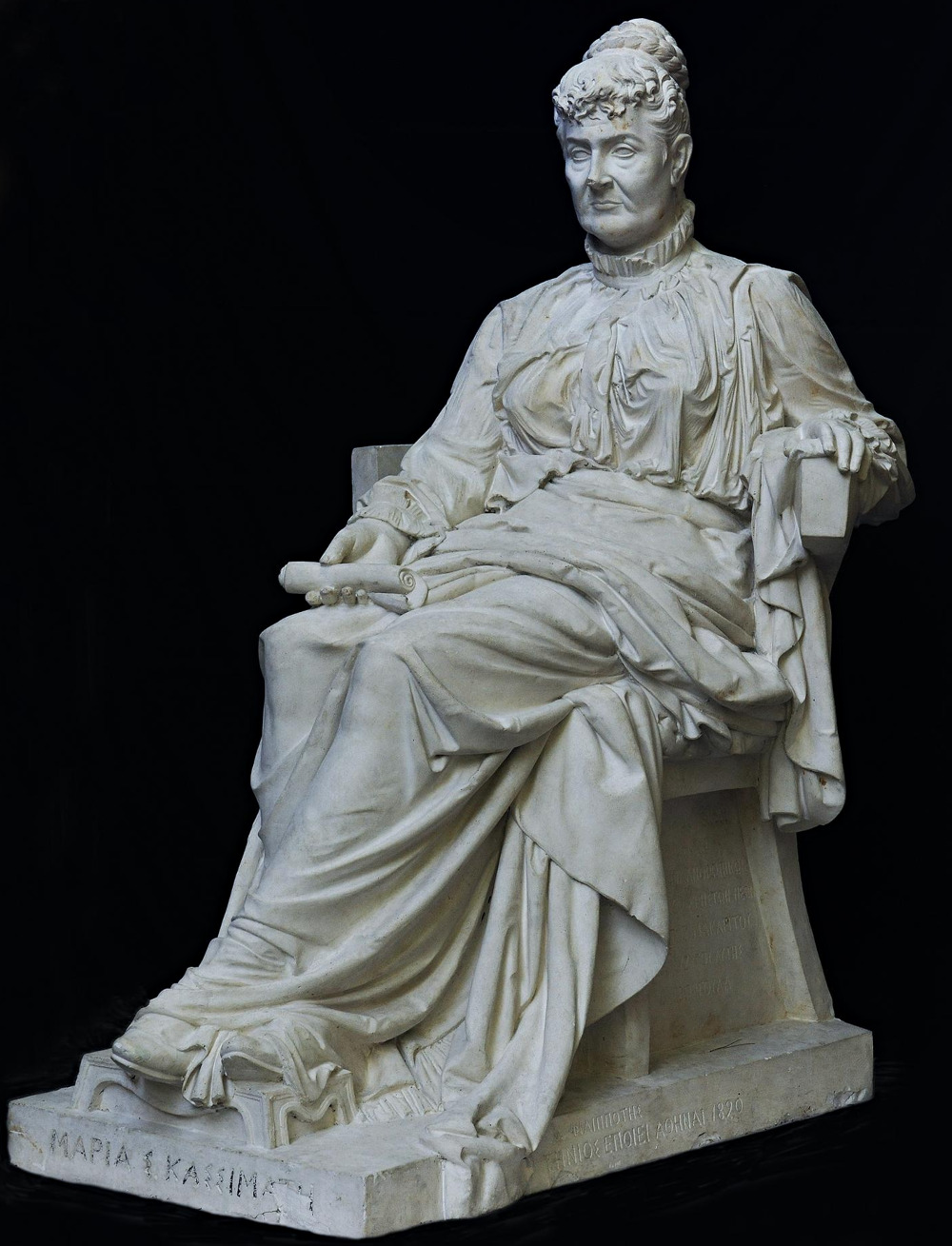 Maria Kassimati, funerary sculpture (detail) ©National Gallery of Greece
Maria Kassimati, funerary sculpture (detail) ©National Gallery of Greece
Although he was a representative of the Neoclassical style, with its characteristic marble nudes, he is believed to have opened the path for realist artists in Modern Greek sculpture. Several of his works are displayed in public spaces of Athens, and some of them have been transferred to the National Gallery, the Municipal Gallery of Athens. He also created funerary art which can be found on tombs in the First Cemetery of Athens and the Piraeus Cemetery. Some of his works are also housed at the Museum of Marble Crafts on the island of Tinos.
Famous works
Filippotis’s most famous work is undoubtedly the Wood Breaker (1908). The marble statue was originally placed in the small square in front of the Church of the Holy Trinity (also known as the Russian Church) in Athens, in the vicinity of the National Garden (then, Royal Garden). In 1958 the statue was moved to location, just outside the limits of the garden, opposite of the Panathenaic Stadium.
The Young Wheat Reaper (1870) is a marble sculpture of a boy reaping grain in the nude. The theme of the sculpture refers to a rural setting. The naked form in combination with the relatively expressionless face, lend the composition a Neoclassical tone. For this work, Filippotis won the first prize of the Academy of Rome. It is also situated in the National Garden of Athens.
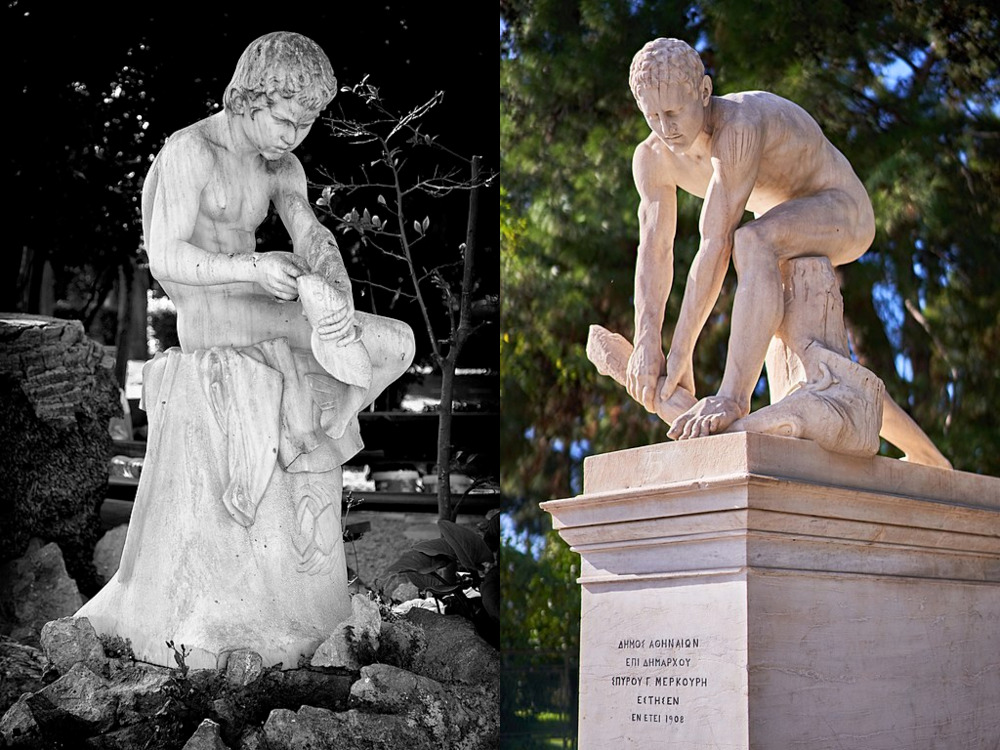 Left: Young Fisherman (by Rammoskostas via Wikimedia Commons), Right: The Wood Breaker by Dimitrios Filippotis (by George E. Koronaios via Wikimedia Commons)
Left: Young Fisherman (by Rammoskostas via Wikimedia Commons), Right: The Wood Breaker by Dimitrios Filippotis (by George E. Koronaios via Wikimedia Commons)
Another one of his masterpieces is the statue of the Young Fisherman created in 1874. The work, which stands in a pool in the Zappeion Hall, in the National Garden, depicts a young boy sitting on a rock, trying to remove a hook from a freshly-caught fish.
The National Gallery-Alexandros Soutsos Museum in Athens also houses casts of some of Filippotis’s finest works of funerary art, including the bas-relief figure of Efstratios Efstratiou and the imposing sitting statue of Maria Kassimati.
Read also via Greek News Agenda: A Tribute to Greek sculptor Yannoulis Chalepas on the occasion of World Mental Health Day; Yannis Pappas, the sculptor of Greece’s historical figures; The First Cemetery of Athens, an open-air “museum
M.V. (Intro image: The Wood Breaker by Dimitrios Filippotis [by Dimorsitanos via Wikimedia Commons])

